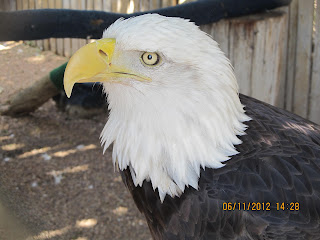We went to visit K's aunt today and there was a quail family out in the patio area. The babies were like little wisps running and tumbling so quickly I could not get a picture of them. It was a beautiful day and felt good to willow the hours away. The last few days have been spent cleaning and organizing in the classroom and the school dreams have returned.
The California Quail is a handsome, round soccer ball of a bird with a rich gray breast, intricately scaled underparts, and a curious, forward-drooping head plume. Its stiffly accented Chi-ca-go call is a common sound of the chaparral and other brushy areas of California and the Northwest. Often seen scratching at the ground in large groups or dashing forward on blurred legs, California Quail are common but unobtrusive. They flush to cover if scared, so approach them gently.

Gamebirds
The California Quail is a handsome, round soccer ball of a bird with a rich gray breast, intricately scaled underparts, and a curious, forward-drooping head plume. Its stiffly accented Chi-ca-go call is a common sound of the chaparral and other brushy areas of California and the Northwest. Often seen scratching at the ground in large groups or dashing forward on blurred legs, California Quail are common but unobtrusive. They flush to cover if scared, so approach them gently.
Keys to identification Help
Gamebirds
Typical Voice
-
Size & Shape
California Quail are plump, short-necked game birds with a small head and bill. They fly on short, very broad wings. The tail is fairly long and square. Both sexes have a comma-shaped topknot of feathers projecting forward from the forehead, longer in males than females.
-
Color Pattern
Adult males are rich gray and brown, with a black face outlined with bold white stripes. Females are a plainer brown and lack the facial markings. Both sexes have a pattern of white, creamy, and chestnut scales on the belly. Young birds look like females but have a shorter topknot.
-
Behavior
California Quail spend most of their time on the ground, walking and scratching in search of food. In morning and evening they forage beneath shrubs or on open ground near cover. They usually travel in groups called coveys. Their flight is explosive but lasts just long enough to reach cover.
-
Habitat
You’ll find California Quail in chaparral, sagebrush, oak woodlands, and foothill forests of California and the Northwest. They’re quite tolerant of people and can be common in city parks, suburban gardens, and agricultural areas.





